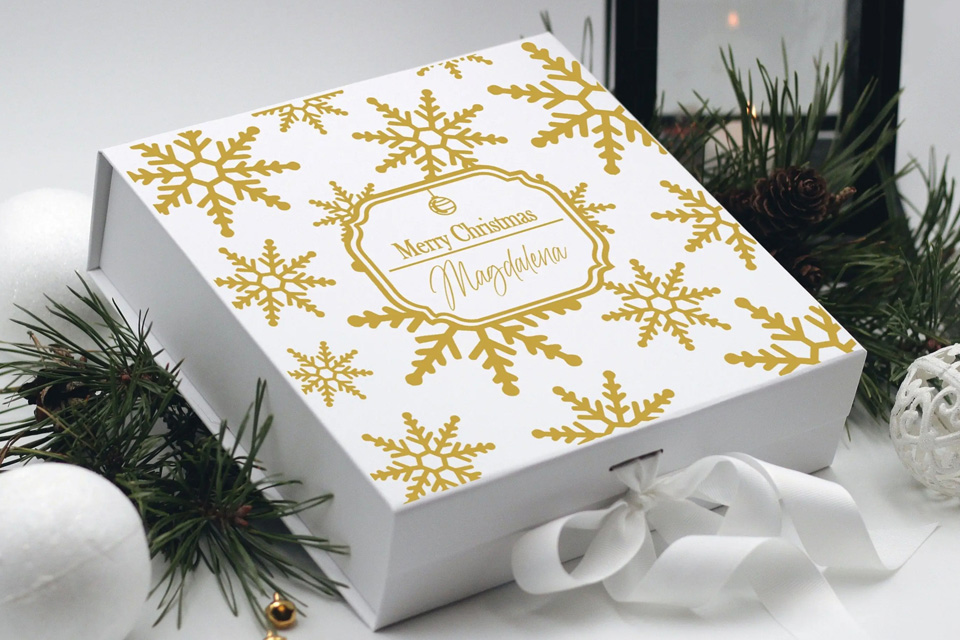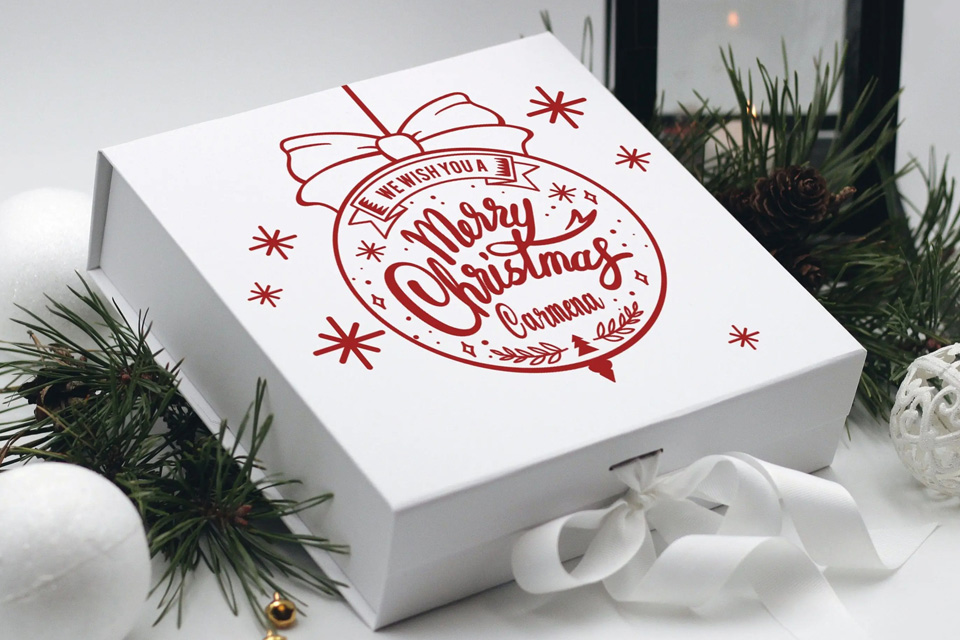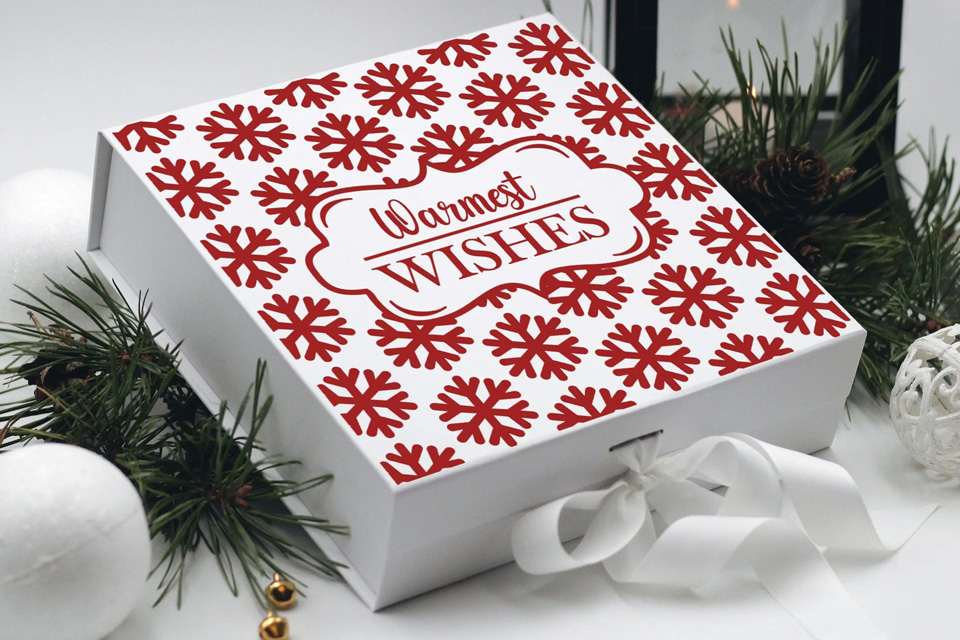The Future Revolution of Chocolate Packaging Design: Four Core Strategies Drive Brand Growth
The Future Revolution of Chocolate Packaging Design: Four Core Strategies Drive Brand Growth
Introduction
In the fierce competition of the chocolate industry with an average annual compound growth rate of 6.8% (Global Food Institute data), packaging boxes have broken through the basic protection function and evolved into the core carrier of brand strategy. According to Alibaba International Station's 2024 data, the average customer unit price of chocolate brands using innovative packaging increased by 42%, and the social sharing rate increased by 55%. From the four dimensions of structural innovation, material revolution, cultural narrative, and intelligent interaction, combined with brand cases such as Mars and THEOA, this article deeply analyzes the evolution path of chocolate packaging boxes and provides a replicable growth strategy for the industry.
1. Structural innovation: from geometric shapes to scene adaptation
Packaging structure is undergoing a transformation from static containers to dynamic experience carriers. Alibaba International Station's popular folding storage box (Shenzhen Zhibang Paper Products Packaging and Printing Co., Ltd. case) realizes portable storage of 20 independently packaged pieces through mobile phone size design, and the side opening single-handed access design increases the conversion rate of sports scenes by 37% (NetEase Design Institute 2024 data). THEOA's "sliding magic box" transforms the opening action into a ritual experience that connects the five senses - the sliding cover instantly releases the scent of Madagascar vanilla, combined with the olfactory impact of the elderflower scent, making the unboxing video spread naturally on TikTok 2.3 million times (Top Packaging 2023 Case Study).
Special-shaped structures have become a weapon for shelf breakthroughs. The "treasure box" double-layer design of Kinder Surprise Eggs, with built-in puzzle pieces and knowledge cards, shortens the children's purchase decision cycle to 1.2 seconds (Global Packaging Design Association 2024 Report). But be wary of the risk of over-design: Data from the Packaging Research Center of Renmin University of China shows that when there are more than 3 functional components, the consumer's use anxiety index rises by 58%. The ideal structure should be like Lindt's magnetic flip design, with a single-handed opening time controlled within 0.8 seconds, achieving a perfect balance between visual impact and operational intuition.
2. Material Revolution: From Environmental Declaration to Value Closed Loop
Sustainable packaging is turning from a cost burden to a brand value-added engine. The use of FSC-certified paper increases the premium space of chocolate by 28% (International Sustainable Packaging Alliance 2025 White Paper), and MM Bean's PLA degradable packaging has a 6-month degradation cycle design, which increases the purchase willingness of Generation Z by 63% (data from the Green Packaging Initiative). Technological breakthroughs give birth to new possibilities: Aluminum-coated polyester film extends the shelf life of chocolate to 18 months, and the oxygen permeability is as low as 0.8cc/m·day (Dongguan Tianbo Packaging Technology Patent), which effectively solves the storage problem of dark chocolate.
Intelligent materials open up a new dimension of interaction. Japan's Meiji's temperature-sensitive ink packaging presents a panoramic view of the cocoa plantation through the temperature change of the fingertips, which increases the product education efficiency by 300% (Global Packaging Design Association 2025 Trend Report). Alibaba International Station's hot-selling cold chain traceability packaging has a built-in NFC chip to monitor the temperature in real time, reducing the transportation loss rate by 19%. It is worth noting that the cocoa substitute product packaging designed with a melting point of 34-36℃ (Chongqing Packaging Customization Expert Solution) is more suitable for the high temperature environment in Asia than traditional packaging.
3. Cultural Narrative: From Visual Symbols to Emotional Resonance
Packaging is becoming a carrier of cultural memory. According to the 2024 case study of NetEase Design Institute, the file bag packaging of Sushi Heiqiao has increased brand cultural awareness by 55% through the space-time dialogue between typewriter fonts and Songti fonts. The "Cocoa Epic" series of the THEOA brand prints the totem of the Ethiopian Kafa Dynasty on the box surface, and uses AR technology to restore the millennium cocoa trade route, which has increased the repurchase rate of high-end customers by 41% (data from the Global Packaging Design Association).
The modern interpretation of regional cultural elements has become a breakthrough for differentiation. Chongqing Jiang Xiaobai Chocolate laser engraves the mountain city terrace texture on the tinplate box, and has built-in magnetic hot pot-shaped partitions, which increases the conversion rate of tourist souvenirs by 33% (Chongqing Packaging Customization Center 2025 Report). This "edible geography" design thinking is reconstructing the way consumers perceive regional specialties.
4. Intelligent interaction: from one-way display to digital ecology
Packaging boxes are evolving into a brand private domain traffic entrance. The "Purely Clever Box" case studied by Top Packaging in 2023 triggers the AI nutritionist service by scanning the QR code in the box, extending the user's stay time to 4.2 minutes. Alibaba International Station data shows that packaging with AR technology has increased consumer brand search volume by 68%. Among them, the virtual planting game of the THEOA brand has exceeded 200% in social fission rate by collecting packaging points to exchange for real cocoa seedlings.
Data-driven dynamic packaging strategies are emerging. The A/B test model proposed by NetEase Design Institute shows that companies that update 3-5% of packaging elements every month have a 19% increase in customer freshness retention. The "blind box calendar" strategy of Kinder Surprise Eggs can be used as a reference. The basic version meets daily needs, and the holiday limited version creates a scarce experience through hidden UV technology, with a premium space of 50% (data from the Global Packaging Design Association in 2025).
Conclusion
The evolution of chocolate packaging boxes is essentially a redefinition of consumer value. From the scene adaptation of folding structure to the interactive revolution of smart materials, from the visual translation of cultural genes to the traffic capture of digital ecology, the collaborative innovation of the four major strategies can create more than 150% of brand growth space (predicted by the International Packaging Federation in 2025). It is recommended that companies establish a "Packaging Innovation Laboratory" and regularly combine the user portrait analysis of NetEase Design Institute with the consumption data insights of Alibaba International Station to incorporate packaging upgrades into the core strategy. In this era of extremely scarce attention, packaging is not only the clothes of products, but also a three-dimensional entrance for brands to conclude emotional contracts with consumers.



